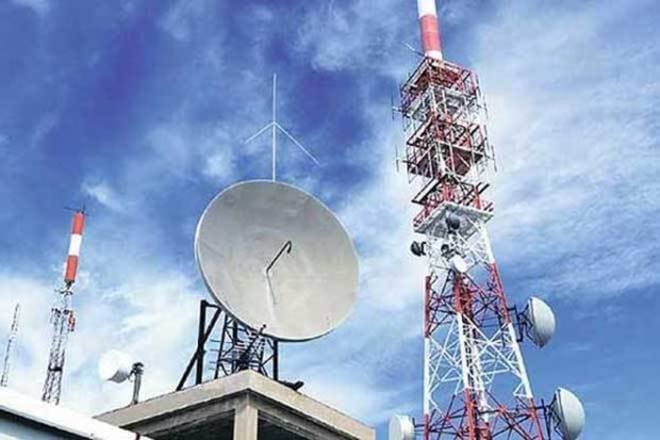Industry association CII has argued about the use of metric of dollars per megahertz per population calling it ‘inappropriate’ as it questioned the spectrum pricing model for the Indian market that has a huge population while telecom prices are set at very low levels. The industry body instead endorsed to the government to adopt dollar/MHz/revenue or dollar/MHz/GDP as a metric for spectrum price comparison across markets. CII in a statement on Sunday said that there are lower cash flows for mobile operators as India’s level of the population “does not translate into proportionate revenues.”
The industry body also added that the approach of “inflating the auction prices to arrive at the reserve price hasn’t been followed in all cases by the Telecom Regulatory Authority of India (TRAI) in the past. Where in some case, the TRAI has reduced the reserve price even when the market prices in the preceding auctions were higher,” PTI quoted CII. The suggestions were made in a representation submitted to the government by CII.
The association requested the government to reduce the reserve price for 5G spectrum even as the participation of telcos may be highly constrained in the 5G spectrum auction to be held later this year because of low average revenue per user, according to CII. The body stressed on the telecom sector’s global recognition due to having the lowest tariffs in the world yet growing at a fast pace along with access to people in remote areas and poor users. This growth said CII, would be impacted because of high reserve prices of the spectrum and that it would “deter uptake of telecom services by poorer sections of society.”
CII also stressed on the lower revenue to the government by around 37 per cent due to the intense competition in the sector since 2016. However, “debt due to spectrum liabilities has remained very high and with EBITDA having declined 28 per cent year-on-year, interest costs are now higher than EBITDA.”


